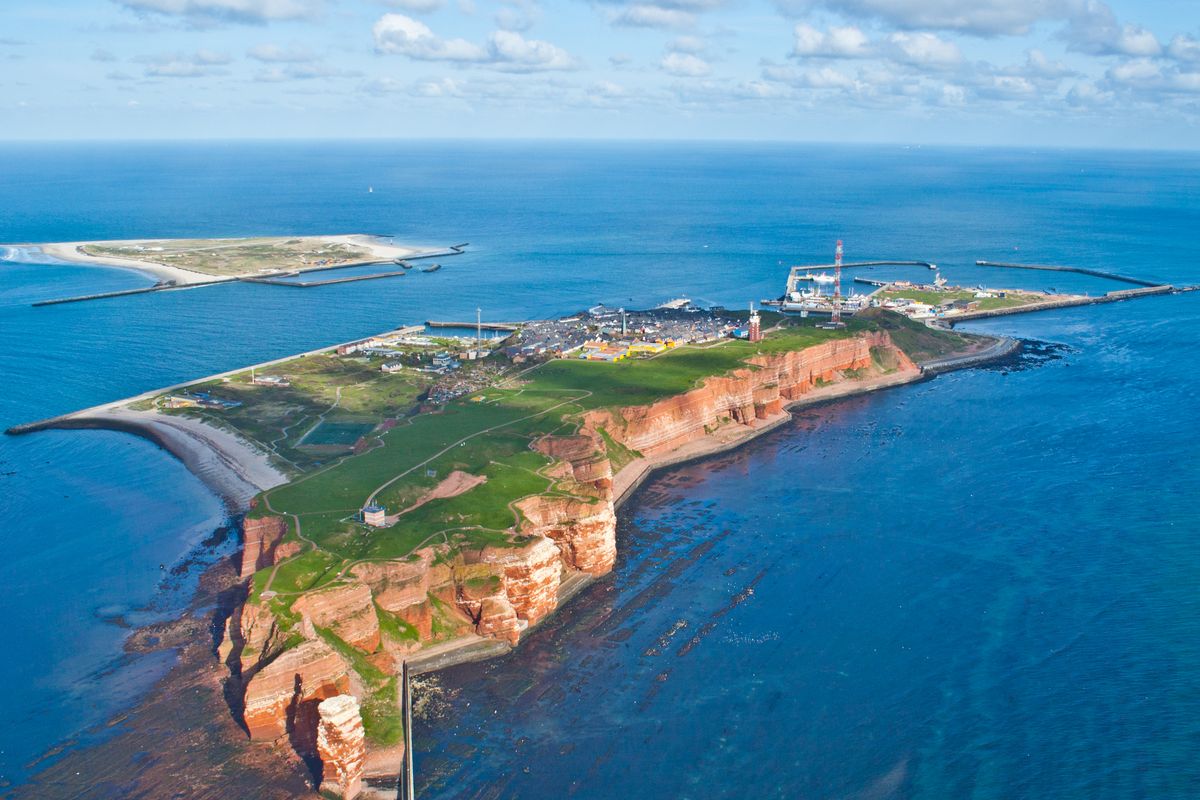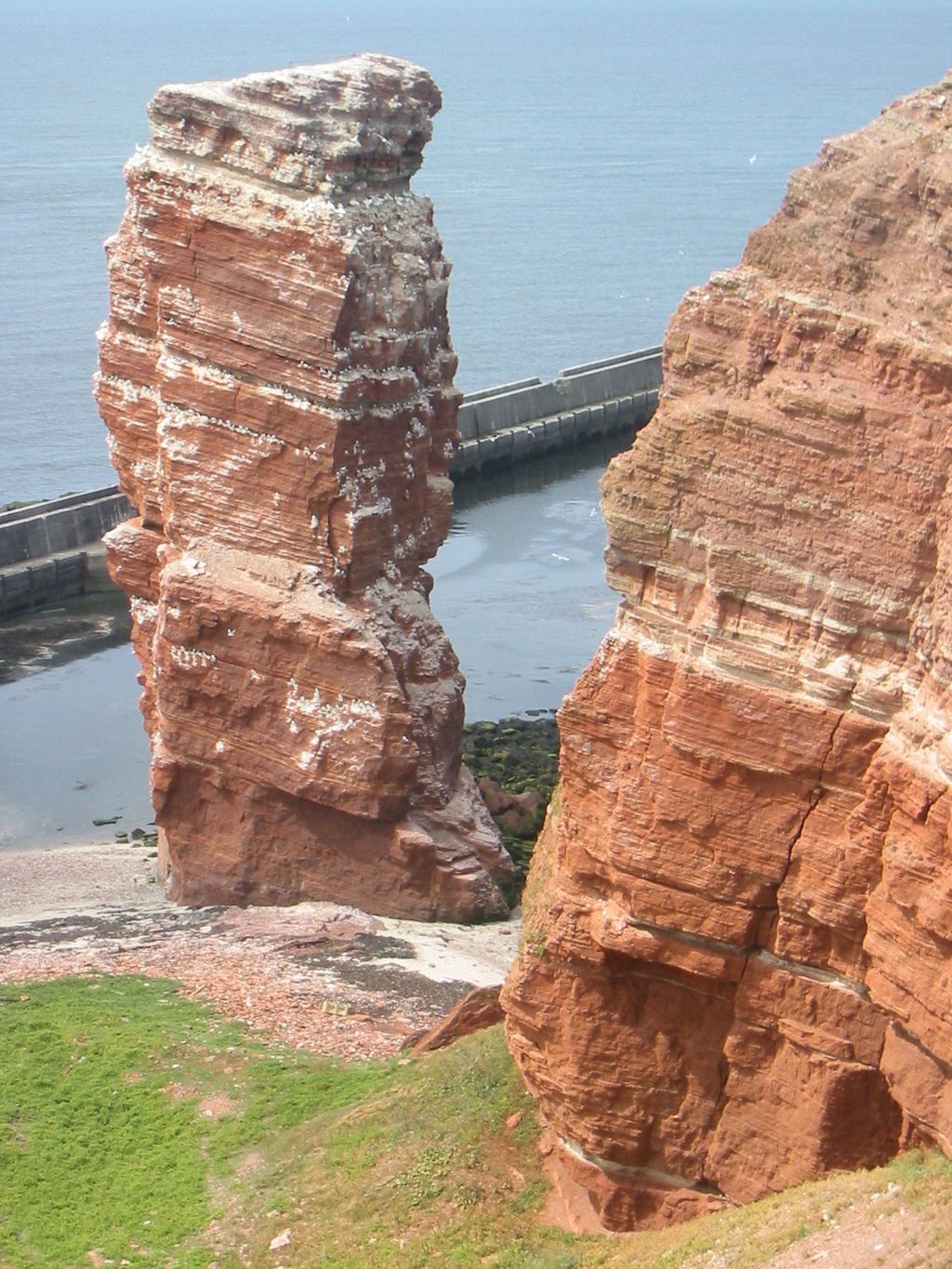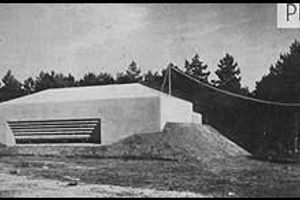About
The British swapped this tiny 0.7-square-mile island off the coast of Germany for Zanzibar in 1890. More than five decades later, they tried to wipe it off the map with one of the world’s biggest non-nuclear explosions.
The unassuming German island of Heligoland, together with its low-lying neighbor, Düne, is today a peaceful tourist destination and bird observatory, popular with day-trippers because of its sandy beaches and clean air. Lying 29 miles off the North Sea coast of Germany, it watches over the approaches to two of the country’s largest ports, Hamburg and Bremerhaven. But in the past, this strategic isle was traded between empires and almost entirely destroyed.
The Danes owned the island between 1714 and 1814 before relinquishing control of it to the British. It then remained a distant British seaside resort until 1890, when the German Empire offered to swap their remote African possession of Zanzibar for it. Despite being nearly 1,000 times larger, Zanzibar was, for the Germans, strategically less important than Heligoland, which was a little British-controlled fly in the ointment of their crucial shipping lanes. The British accepted the trade, thus consolidating their own control of East Africa. The Germans quickly militarized the former seaside resort and it became a key naval base.
One of the first naval engagements of World War I took place around Heligoland, and the inhabitants were evacuated to the mainland. During World War II, the Nazis fortified the island further and constructed a submarine base. In April 1945 the British Royal Air Force dropped around 7,000 bombs on the diminutive island fortress, making it uninhabitable. You can now take a tour of the five-floor bunker system located underneath the island.
After the war, the island came under British control again. They used it for bombing practice before finally detonating about 7,385 tons of explosives under it in 1947. One of the biggest non-nuclear explosions in history, this "Big Bang" was intended to get rid of thousands of unexploded bombs. The British were ready to accept the total annihilation of the territory. Lluckily for the native Heligolanders in exile on the mainland, the plucky islet survived. However, it did change the geography of the island, dividing it into Oberland, Mittelland, and Unterland.
In 1952, a slightly slimmed down Heligoland was returned to Germany and the former inhabitants moved back to reconstruct their tiny homeland, which had survived against all odds, albeit in a slightly different shape.
Heligoland is actually made up of two islands - Hauptinsel (main island) and the small island, Düne. Düne is not permanently inhabited by humans but is home to lots of seals. The airport is also located on Düne.
Related Tags
Know Before You Go
Ferries to Heligoland run from Bremerhaven, Büsum, Cuxhaven, Hamburg, Wedel, and the Islands of Sylt and Amrum. Crossings take between one and four hours. There are also flights available to Heligoland during the high season.
Community Contributors
Added By
Published
August 21, 2017
Sources
- https://en.wikipedia.org/wiki/Heligoland
- http://www.helgoland.de/en/welcome.html
- http://www.helgoline.de/home/
- http://www.ferrylines.com/en/ferries/search-results/destination///Helgoland/?no_cache=1&cHash=d430d73d9a79536a271771f31b19df38
- https://www.theguardian.com/travel/2011/apr/24/heligoland-north-sea-hidden-gem
- http://www.bbc.co.uk/news/world-europe-39590752
- https://hamburgandbeyond.com/a-delightful-day-trip-to-helgoland/
- https://hamburgandbeyond.com/a-delightful-day-trip-to-helgoland/





































